FREE SPEECH 43: Color Blindness, or Diversity? How to Think About Affirmative Action, with Natasha Warikoo
Shouldn't all decisions about college admissions, employment, housing, etc., be colorblind? Don't class and income always trump racial and other identities? Didn't the election of President Obama move us into a colorblind era? (Spoiler alert: it didn't.) Or, as many liberals in the US would argue, is a "diversity frame" more useful, which acknowledges how race, gender and ethnicity play a role in our practice and experiences, and says that we should celebrate and highlight these differences? This framework has regularly been used to defend affirmative action policies, because it assumes that being in diverse settings benefits everyone, including members of the majority. But both of these frameworks neglect the existence of racial inequality.
I spoke with Professor Natasha Warikoo about the ways students make sense of affirmative action, and which framework they are more likely to use. She’s the author of The Diversity Bargain: And Other Dilemmas of Race, Admissions and Meritocracy at Elite Universities, and a thoughtful and brilliant researcher who addresses the questions that arise when educational opportunity and politics intersect. She found that both the "colorblindness frame" and the "diversity frame" overlook the persistence of racial inequality that continues in our society. There is another way of looking at this question, Warikoo proposes, that is both more honest and more productive for understanding how affirmative action can work.

